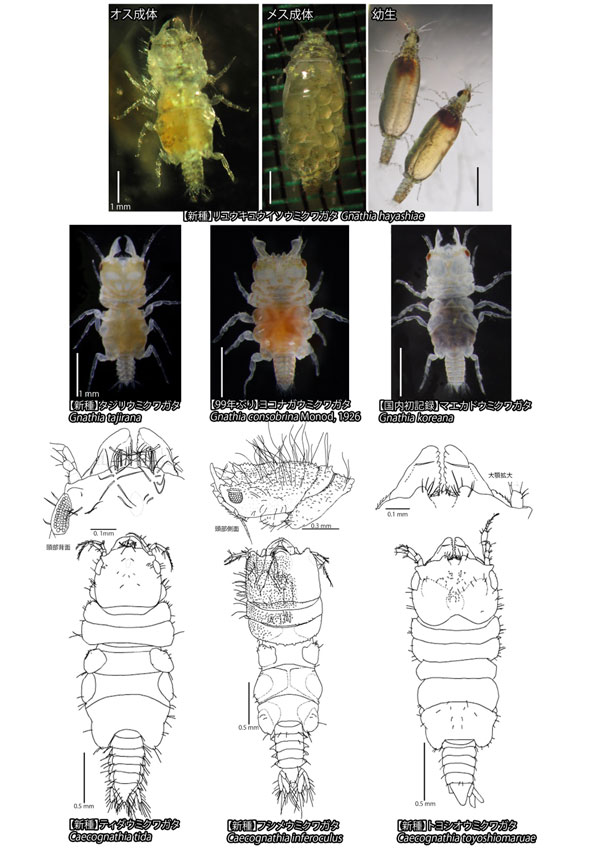2025-05-27 京都大学iPS細胞研究所

図1. FOPモデルマウスへのラパマイシン投与による異所性骨抑制効果の濃度依存性
左:FOP原因遺伝子(ACVR1)の変異を誘導したマウスに、骨形成刺激を与えると同時に様々な濃度のラパマイシンを投与して、2週間後に異所性骨の量を比較した。上がレントゲン画像、下がµCT画像。
右:ラパマイシンの異所性骨抑制効果には用量依存性があることが示された。0.1mg/kgで約40%、0.3mg/kgで約70%、それ以上ではほぼ100%の異所性骨抑制効果が観察された。
<関連情報>
- https://www.cira.kyoto-u.ac.jp/j/pressrelease/news/250527-100000.html
- https://academic.oup.com/jbmrplus/article/9/6/ziaf068/8116844
ラパマイシンおよび人工多能性幹細胞由来の間葉系幹細胞/間質細胞を用いたACVR2B-Fc融合タンパク質の導入により、進行性骨化性線維異形成症モデルマウスにおける異所性骨化が抑制された Combined rapamycin and mesenchymal stem/stromal cells derived from induced pluripotent stem cells-mediated delivery of ACVR2B-Fc fusion protein reduces heterotopic ossification in a mouse model of fibrodysplasia ossificans progressiva
Pan Gao , Yoshiko Inada , Maria José López-Iniesta , Chengzhu Zhao , Megumi Goto , Akitsu Hotta , Hidetoshi Sakurai , Makoto Ikeya
JBMR Plus Published:21 April 2025
DOI:https://doi.org/10.1093/jbmrpl/ziaf068
Abstract
Fibrodysplasia ossificans progressiva (FOP) is a genetic disease characterized by extraskeletal heterotopic ossification (HO). The underlying mechanism is the aberrant activation of bone morphogenetic protein (BMP) signaling caused by a point mutation in the ACVR1 gene. Although FOP is an ultra-rare disease, its symptoms severely impair patients’ daily activities and quality of life. Furthermore, the HO is also observed in broader clinical contexts, including major surgeries and trauma, highlighting the significance of its study. We have previously reported that rapamycin suppressed Activin-A-triggered progression of cartilage formation in FOP mice. We recently found that the ACVR2B-Fc fusion protein produced by mesenchymal stem/stromal cells derived from induced pluripotent stem cells (iMSCs) attenuates BMP signaling activated by Activin-A and BMP-9 in FOP patient-derived iMSCs. Transplantation of ACVR2B-Fc-producing iMSCs (iMSC2B-Fc/Luci) reduces primary HO in FOP mice. In this study, we found that intraperitoneal administration of rapamycin reduced primary HO in a dose-dependent manner in FOP-ACVR1R206H transgenic mice. A low concentration of rapamycin (0.3 mg/kg, 5 times/wk) efficiently suppressed chondrogenesis. The combination of iMSC2B-Fc/Luci transplantation with low concentration of rapamycin significantly reduced primary and recurrent HO. Rapamycin improved cell survival in transplanted iMSC2B-Fc/Luci cells by attenuating chemokine secretion, likely resulting in improved ACVR2B-Fc fusion protein production. Our results suggest that combining stem cell therapy and rapamycin can reduce primary HO and surgery-induced HO.


